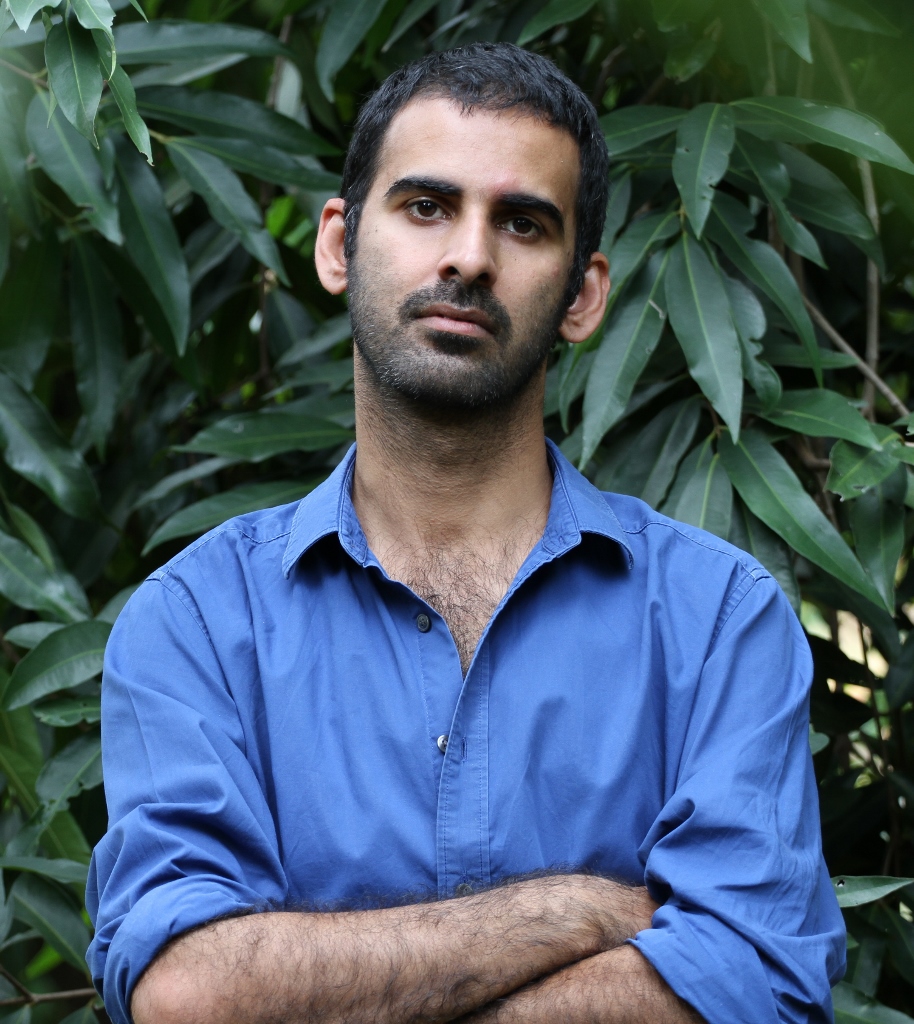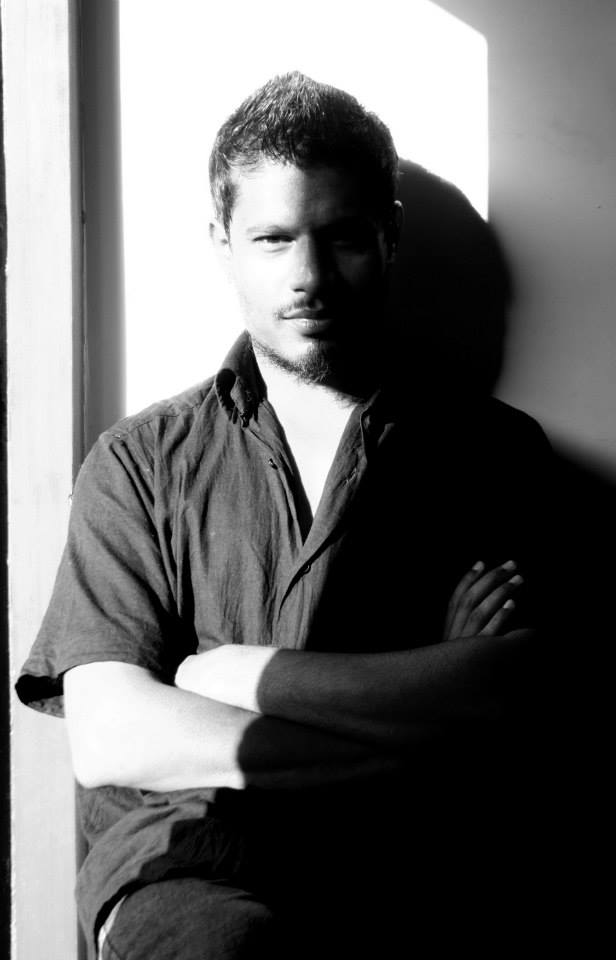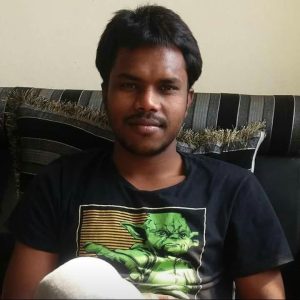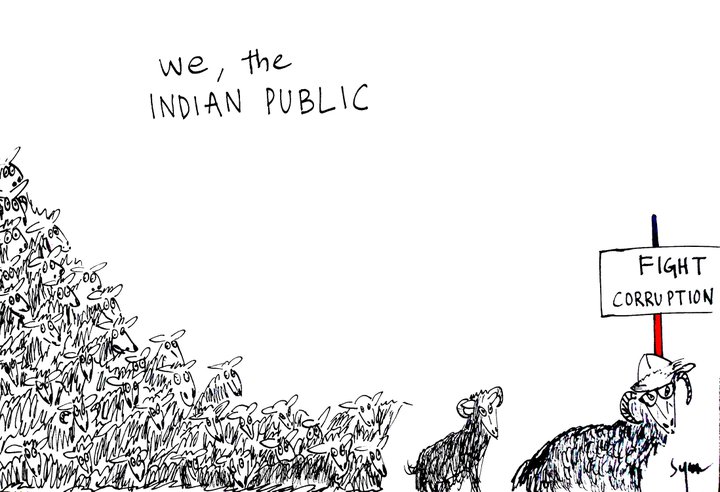Akshay Pathak
 The deeply uneven relationship between the oppressors who forcefully define, speak on behalf of and claim to represent and those they oppress, is a function of power. Art can pose a major challenge to such power, but often in the hands of the oppressor, art serves as a tool for the perpetuation of the status quo.
The deeply uneven relationship between the oppressors who forcefully define, speak on behalf of and claim to represent and those they oppress, is a function of power. Art can pose a major challenge to such power, but often in the hands of the oppressor, art serves as a tool for the perpetuation of the status quo.
Moreover, art is not created in isolation. Nothing ever is. There is an entire infrastructure, controlled by the ruling classes (both in ‘global’ and ‘local’ contexts), that sustains a particular realm of’art’ that has come to define itself in universal categories like ‘contemporary’, ‘public’ etc.
Numerous projects have been initiated over the last decades which have been’cultural interventions’ often penetrating deep into society, manipulating and objectifying communities and people. The terms deployed to enable such experiments to take place have ranged from the openly racist ‘human zoo’ to more indirect ones like ‘community-based art’ etc. These follow a trajectory not dissimilar to the developments in science and technology, in how they approach human subjects and how an entire industry and history of exploitation lurks behind what often seem like isolated events.
A recent event held in Delhi serves as a good example to begin an investigation into this much ignored aspect of ‘global contemporary art.’
~
DOWNTIME
A Performapedia on Sleep
November 28 – December 7, 2014
In Delhi and Berlin simultaneously
A project initiated by Amitesh Grover & Frank Oberhäußer
DOWNTIME is a performative quest to examine the phenomenon of sleep. Audience is invited to participate in carefully curated sleep events. To explore performance in contemporary sleep, participants visit private spaces, public territories, and navigate through personal narratives in a networked environment. They are encouraged to immerse themselves in the diversity and variance of the sleeping experience today. This project seeks to highlight sleep practices and ideas about sleep as social constructions. What does the way we sleep tell us about our societies today?
DOWNTIME is an Indian-German project, connecting participants and creating events simultaneously in the two countries.
~
At first glance, this elitist project replete with jargon might seem like a harmless indulgence of the rich and privileged Delhiites and their fanciful experiments in buildings in the heart of Lutyens’ Delhi that are off-limits for the Bahujan of India (except when they are recruited as labour to do contractual jobs like painting, renovation etc.)
But it is, in fact, a classic case of racist intervention in the lives of nameless people belonging largely to marginalized communities. That this is being done under the ‘direction’ of upper caste self-pronounced ‘artists’, who conceptualize and execute it, after finding suitable buyers (mostly white Europeans and Americans) for their experiments, further shows the collusion of casteism and racism and how they enable the ruling classes to keep a tight control over their positions of privilege and power.
Mapping to control
The oppressor is in constant need to document, map and classify the oppressed which for him remains the ‘unknown’ territory to be brought under his ‘regime of knowledge’. This is not done with the intention to extend the privileges of full citizenship and what that brings with it for the marginalized, whether by the state or other interveners like aid workers, journalists etc.

Cover picture of the event’s page on Facebook
Take for example the following paragraph from the concept note for the same event:
All cities have troubled sleep. Delhi tosses and turns between the sleep mafia of Old Delhi, improvised sleep bunkers near Seelampur, the car-sleepers in the Urdu Bazaar parking lots and the innumerable innovated, informal practices that the homeless put together to find comfortable sleeping spots. Is there a survivor’s manual to sleeping in Delhi without money or shelter?
This lumping together of the homeless under very abusive labels such as the ‘mafia’ further distorts and misrepresents the daily lived experiences of people by using terms such as their ‘innovative, informal practices’. Besides, is this not an attempt to trivialize how a large part of the urban poor get by in a ruthlessly casteist and divisive society? Should one now expect some art project to talk about a manual on how to find places to defecate?
When privacy is such a celebrated and fiercely defended notion among the full and faithful citizens of India and Germany, this small paragraph very casually discloses the names of places which might invite all kinds of trouble for those who are already disenfranchised by the state and who have to struggle to find shelter each night in the places so carelessly printed for anyone’s voyeuristic consumption. Most crucially, it leaves the already vulnerable women and young children more exposed in a violent city like Delhi.
The write-up of the event further states:
A local sleep entrepreneur walks us through one of the many concealed, improvised sleeping places – performing a survivor’s manual for finding a safe sleeping spot in Delhi. He shares his own experience of sleeping for years in improvised spaces, and reveals the operation of a local sleep mafia and the informal sleep industry in Delhi. This is a site-specific event examining the contemporary transaction between sleep and public property.
This reveals the cruel design wherein the articulation and documentation of and on nameless people moves into a more dangerous territory i.e., from gaining access into the unmapped territories to that of manipulated control. It is explicitly stated that the event invites the oppressors to gaze into the lives of the homeless. The ridiculous terminology of ‘improvised spaces’ makes a further mockery of their harsh realities. A homeless person is not improvising his/her shelter; he or she is often searching to find an inch of space. To invoke ‘sleep industry’, ‘sleep entrepreneurs’ and ‘transaction’ takes the gaze further into their lives and livelihoods. By marking people with these terms the ‘artists’ are rendering them as lab experiments for anyone who is in the business of testing human subjects, from the state machinery (administrative, police, military) to pharmaceutical and other companies etc. Their gaze remains not just a gaze but turns into a mapping, a documentation of human beings and their lives as data points.
When it is plainly obvious to anyone informed about how human subjects and their lives are used as data for all sorts of violations, this walk raises concerns about what and how not just the organizers but also those attending it will handle this sensitive information? Nothing to that effect was mentioned in the write-up. This event being a public announcement there is also no way of ensuring that only the people who formally attended the event will have access to the information. The exact locations of the ‘sites’ have been publicly disclosed. Do the organizers take responsibility for putting the already marginalized men’s, women’s and children’s lives in further danger? The implications of this are criminal to say the least.
But in a vulgar twist, criminality has also been passed on to those who are being objectified. The write up ends with the following:
The walk lasts an hour. Transportation from Max Mueller Bhavan to the SLEEP WALK location and back is provided. Although all safety provisions have been taken, the location isn’t entirely under our control – we advise you to not carry any valuables. Provisions will be provided at the Max Mueller Bhavan to store your handbags, laptops, watches for the hour that we’ll be at location.
What are the ‘safety provisions’ being mentioned here? Safe from whom or what? To suggest that the homeless, who are mostly landless migrant labour belonging to lower castes, are a potential threat to the safety of those who are in fact invasively walking through their night shelters, is a casteist slur.
The segregation of the walkers and those that they walk over is clearly demarcated by the organizers. It would not be a wrong guess to assume that most of the people who registered for this walk are from dominant castes and privileged classes. They all live in homes defined as ‘private property’ (built by the hard work of the landless labour which is often made to live in make-shift tents). These private homes of the privileged ‘Sleepwalkers’ are part of the economy that creates the homeless, that in fact creates these mythical categories of private and public where in effect, those making these distinctions have access to both. That they want to ‘communicate’ and ‘understand’ the lives of those they oppress and exclude through such an art project is outright obnoxious.
Art as a human laboratory
When popular mass media shifts the gaze into lives of celebrities in reality TV shows like Big Boss etc., the ‘alternative artists’ from the dominant castes go a step further and turn their gaze into a mapping project by invading the lives of the nameless marginalized people. It is a bizarre experiment where the ‘walkers’ are opening themselves also to a lab experiment. In the other parts of the event, they are made to voluntarily offer their bodies and sleep as objects of study. That ‘agency’ would be invoked is a ridiculous deflection from something that has a direct bearing on all of us as human subjects for industrial experiments. The event does bring in the concepts of ‘sleep’ into contemporary discourse. It talks of an ‘endurance event’. It mentions ‘pharmaceutical wakefulness’. All this leaves open huge questions on the patholigisation of sleep. Downtime 1 already paves way for the upcoming versions which will surely spill over into larger society and render more and more bodies and minds vulnerable.

Those who were involved in the project may further invoke artistic licence and perhaps demand that one actually experience the event before problematizing it. But anyone who is well aware of how racism and casteism operate would know how such interventions align with imperialist projects. To participate in this is to very clearly endorse such events which some of us find hugely objectionable. The Exhibit B (human zoo) mentioned earlier witnessed the same drill of white liberal justifications.
The Downtime (those ‘up’ going ‘down’?) project however did not go unnoticed by those who find such projects to be objectionable. Some of us active on social media did raise an alarm and even sent protest emails demanding the cancellation of the event and an apology from the people organizing it. No action was taken. They went ahead with the event as planned and even issued some crass justifications for the same on their Facebook page.
The nexus
All this, though, calls for a broader, more comprehensive analysis. A wide-awake walk through these questions would be quite necessary:
Why this particular focus on ‘urbanity’ by a host of German organizations- cultural, political, developmental-most of them funded by their government? How are German and other western companies involved in the construction business and other infrastructure development in India? How far are the bio-industries like pharma etc. involved in experimenting with human subjects(mostly from marginalized sections) in the third world? One is aware of the existence of the Sleep Clinics popular in the US (and already finding their way into India) as well as the European Sleep Research Society.
To probe further, one can see that such ‘art practices’ can easily be linked to the exploitative relations of production that prevail in a casteist country like India. Brahmanism has the cunning ability to adapt itself to maintain its hegemony. That is how language and in this case, art, become ideological apparatuses that are easily domesticated by the Brahmins to perpetuate caste.
The governments of several of these countries align their policies with these demands. If they didn’t, the ruling classes (Brahmins and savarnas) would have dissociated from them long ago. This is not an exaggeration for anyone familiar with how cultural policy is shaped through over-arching agenda like ‘Culture and Development’, ‘Changing urban landscapes’, ‘Creative Industries’ etc., spelt out publicly by these cultural missions.
The many bilateral deals between countries, the festivals on India and Germany, the ‘guests of honour’drills at world events etc. are all large imperial and capitalist ventures where India is presented in their respective countries in a manner that feeds into the crudest symbolisms of state power with often Brahmins and savarnas as ideologues, negotiators and spokespersons for these projects. These cultural centres act as middlemen brokering deals between the various arms of global capital and local ruling classes.
Though they claim to offer (and in some instances actually do provide) a much-needed space for the thriving of arts and literature, these cultural centres, are mostly a mutant variety of their colonial predecessors.
It is then no surprise that one of the most active and powerful cultural institutes spread across some urban centres in India is the Max Mueller Bhavan (also the sponsor and host of the above-mentioned project) named in honour of Max Müller (1823-1900), a scholar of comparative religion and co-founder of modern Indian studies. The parent organization is called Goethe Institut. Max Mueller, for those familiar with the orientalist thinker, was much like the racist writers of his time, with a vulgar fascination for Hindu texts (though not without inviting the ire of hindu bigots), and was majorly involved in proving Aryan supremacy. He even gave himself a Sanskrit name i.e. Moksha Mula. This detail is particularly interesting given the ongoing state-level controversy between Sanskrit vs. German language being taught in government schools in India.
As a person from a dominant caste who has benefited from and worked for over a decade in a similar set up with large Indian and European cultural centres (including the Moksha Mula Bhavan) that fuel and facilitate this global art community, I felt the need to document this to bring attention to one particular event which might just be a very tiny yet revealing example of what is packaged and presented in the name of art. A little knock-knock as a wake up call for the sleepwalkers.
(I would like to thank Anu Ramdas and Kuffir for broadening my understanding on matters of caste and race)
~~~
Akshay Pathak has previously worked in various culture centres in Delhi including Max Mueller Bhavan, National School of Drama and German Book Office.
Cartoon by Unnamati Syama Sundar.










